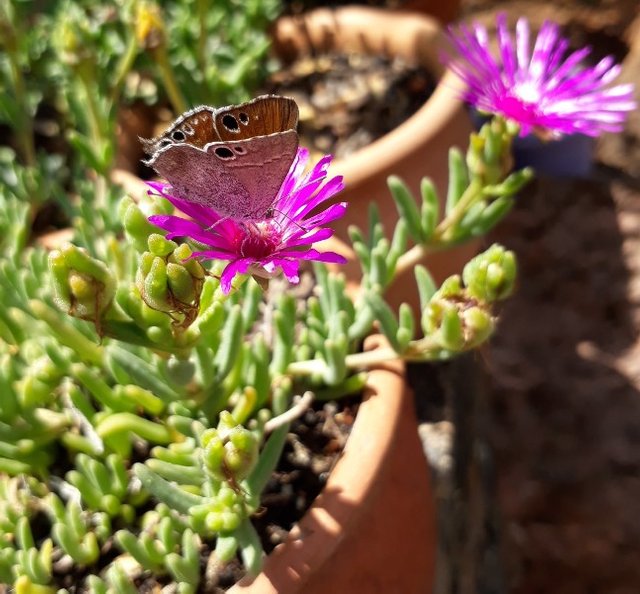Yes, I found some genetic studies but they are behind a paywall so I can't access everything but the gist is that there are subtypes that are not closely related to each other
Seems clear to me. Crassulaceae as a whole is huge and just in South Africa we get Adromischus, Cotyledon, Crassula, Kalanchoe, and Tylecodon. Then the huge diversity within Crassula, with the other genera relatively small
Yes, I've had that little grub tunneling in my plants. It has a particular taste for Echeveria. Interesting, because Echeveria are not Native but the native insects recognise them as edible
These flowers seem structurally similar to each other but not much to the jade-types you posted yesterday
Yes, I found some genetic studies but they are behind a paywall so I can't access everything but the gist is that there are subtypes that are not closely related to each other
Seems clear to me. Crassulaceae as a whole is huge and just in South Africa we get Adromischus, Cotyledon, Crassula, Kalanchoe, and Tylecodon. Then the huge diversity within Crassula, with the other genera relatively small
It's the largest group of leaf-succulents in Southern Africa after Mesembs (Aizoaceae)
All with very similar floral structure
The diversity of mesembs are fascinating but they are also quite clearly related
It seems that the flowers are bee, moth and butterfly pollinated. Then there's also a butterfly larvae that feeds on the leaves of all crassulaceae
Yes, I've had that little grub tunneling in my plants. It has a particular taste for Echeveria. Interesting, because Echeveria are not Native but the native insects recognise them as edible
Here's the culprit

Pollinates one species, feeds off another. I hope that you don't kill them